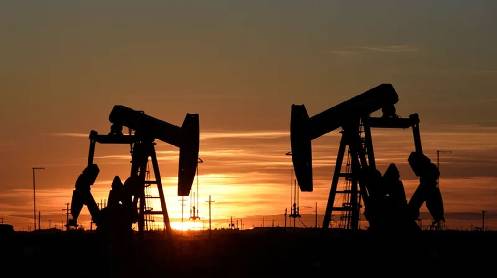The Astora natural gas depot, the largest natural gas storage in Western Europe, in Rehden, Germany. REUTERS/Fabian Bimmer
After two years of turmoil, Europe’s energy crisis is over. Fears about a natural gas shortage in 2022 after Russia’s invasion of Ukraine have been transformed into a glut and worries about where to store all the extra gas in 2024.
Regional storage facilities are 62% full compared with an average of 41% at this time of year between 2011 and 2020. As a result, futures prices have fallen 90% from their peak in August 2022 and are close to the 2011-2020 average once inflation is taken into account.
EU and UK gas inventories are on track to end the winter at a record 664 terawatt-hours, nearly double the pre-crisis average. With Northwest Europe already 80% of the way through the heating season any cold snaps in the next few weeks are unlikely to make a significant difference.
Europe has been lucky as well as smart. High prices and government policies to reduce gas and electricity use have played a role, but the region has mainly benefited from two exceptionally warm winters in a row.
Winter 2023/24 has been mostly windy and mild, dominated by strong westerly winds from the Atlantic, rather than still and cold. Heating demand has been much lower than usual and wind generation has soared, creating a double saving of gas.
Since October, prices have been falling steadily to encourage more consumption, limit further accumulation of surplus stocks and prevent storage space running out this summer.
Lower prices should restart some major gas-using factories idled in 2022 and 2023. It will take longer for wholesale prices to filter through to retail level, but utility bills should eventually come down, easing some of the cost-of-living pressure on households and businesses before next winter.
REUTERS POWERUP.





